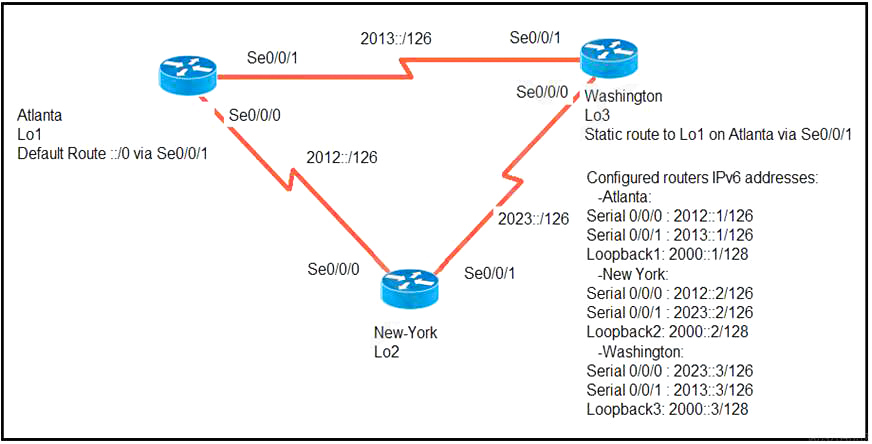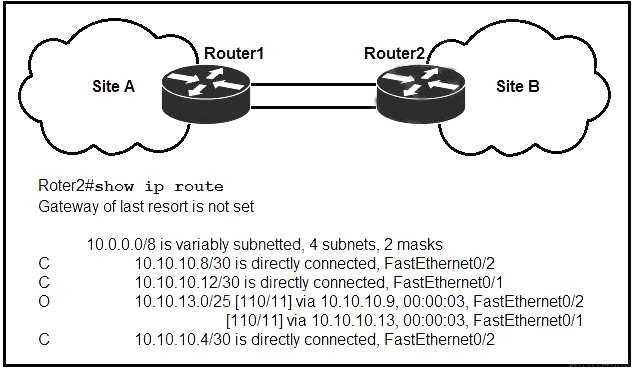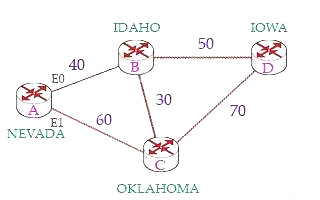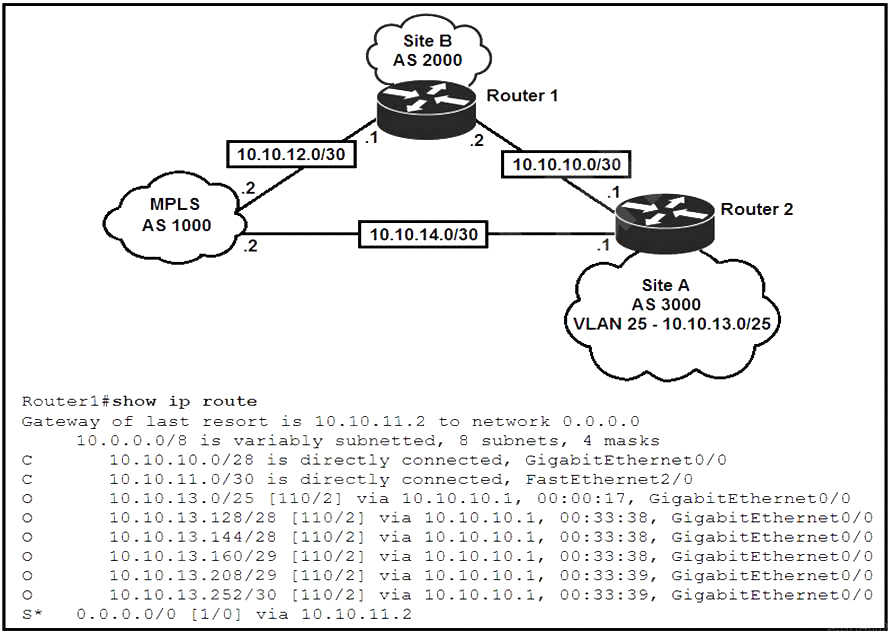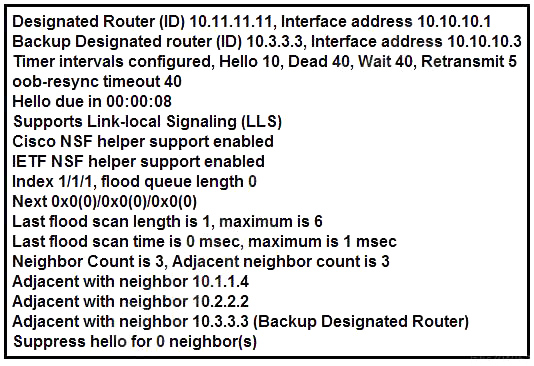How does HSRP provide first hop redundancy?
A. It load-balances Layer 2 traffic along the path by flooding traffic out all interfaces configured with the same VLAN.
B. It uses a shared virtual MAC and a virtual IP address to a group of routers that serve as the default gateway for hosts on a LAN.
C. It forwards multiple packets to the same destination over different routed links in the data path.
D. It load-balances traffic by assigning the same metric value to more than one route to the same destination in the IP routing table.
A. It load-balances Layer 2 traffic along the path by flooding traffic out all interfaces configured with the same VLAN.
B. It uses a shared virtual MAC and a virtual IP address to a group of routers that serve as the default gateway for hosts on a LAN.
C. It forwards multiple packets to the same destination over different routed links in the data path.
D. It load-balances traffic by assigning the same metric value to more than one route to the same destination in the IP routing table.
